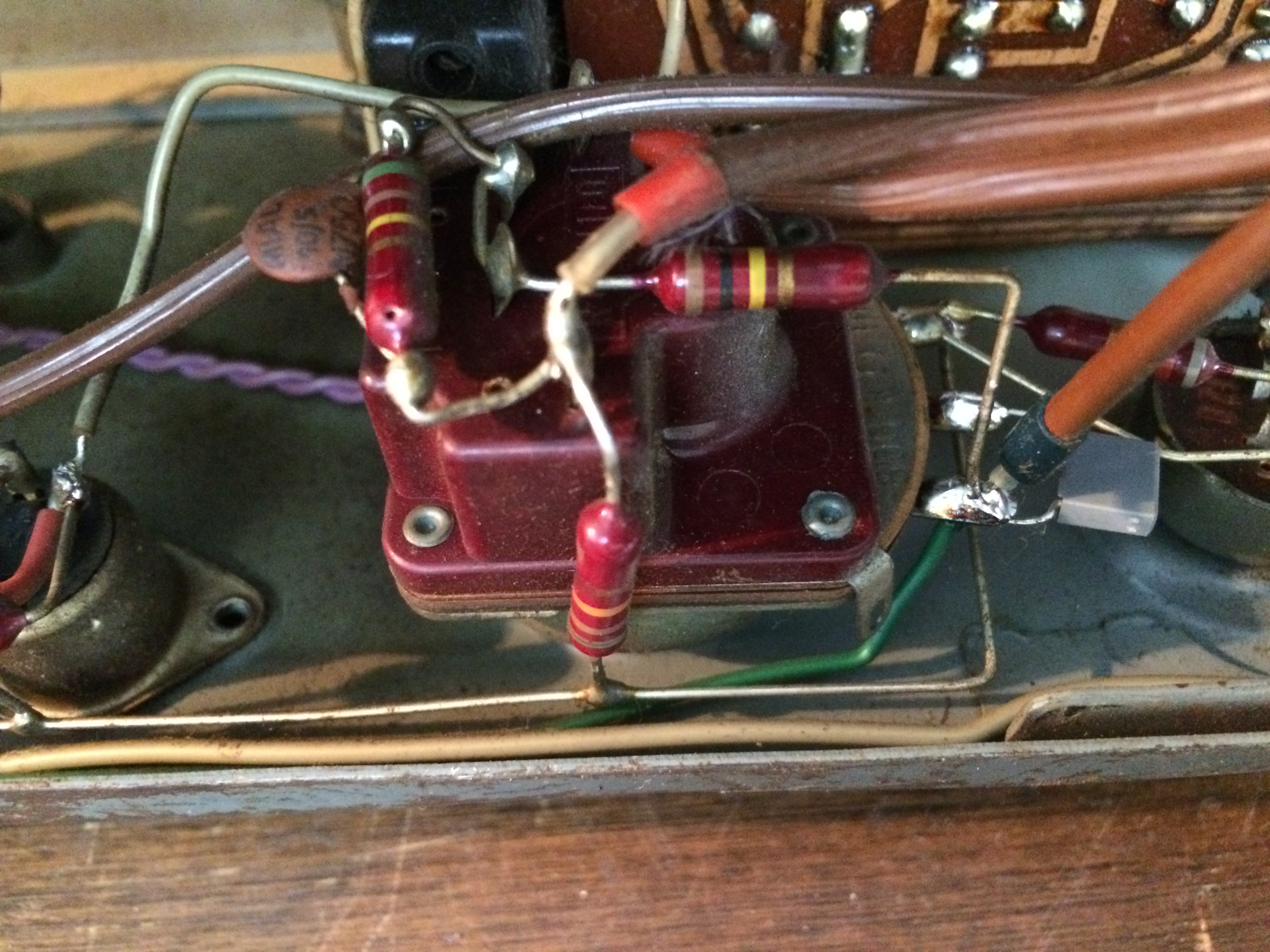It must be Echo season, I have now 5 tape echos in for repair. Dynacord Echocord Super 65 was not working at all, however it was in incredibly good shape otherwise I don’t think this particular piece done many active hours because there wasn’t a lot of wear on the original heads and everything was in perfect order except the motor which clearly had some moisture induced damage. Shaft was rusted in the bearing but I managed to free this up, clean and lubricate.
I had the pinch roller refurbished, cleaned the heads and made a new loop out of master BASF tape, but I struggled to get this rolling, it wouldn’t spin on adagio and even on presto setting it would stop eventually. I was puzzled for quite a bit and learned several lessons.
1) master tape is no good for echo loops, it is too thick, abrasive and sticks to the brass heads.
2) Brasso polish is great for refurbishing worn tape head surface, it made it roll with much less resistance
 3) tension settings and pinch roller pressure settings are extremely important, even a slightest tweak makes whole lot of difference to the overall ability to spin freely, especially at low speeds
3) tension settings and pinch roller pressure settings are extremely important, even a slightest tweak makes whole lot of difference to the overall ability to spin freely, especially at low speeds
With mechanical problems out of the way it was time to check electrolytic caps and they were generally OK with exception of the main PSU filtration. Non functional Magic Eye indicator was caused by faulty diode as well as faulty EM84 itself.
Main issue was the combined pot / pull switch which had to be taken apart cleaned and reassembled Echo is working flawlessly since.
I have also replaced burnt light bulbs illuminating the selector switches. It’s a beauty to behold
I expected the Super 62 to be easier to repair because Nachhall function was working and the only missing bit was the Echo functionality…. I couldn’t be more wrong. This piece gave me proper headache to repair and countless hours of head scratching.
Capacitors were generally in really poor state, all the Electrolytics were measuring very high ESR and even several of the ceramic caps had problems. I rarely ever see ceramics to be the problem but these wax sealed units probably somehow soaked up moisture and became partly conductive which resulted in valve self oscillations.
I have eventually decided to do complete recap. This was especially surprising because just 3 years younger unit S65 was nearly perfect in this regard.
After the recap this unit was still only partly functional but substantially quieter. There was remaining issue with insufficient voltage on the erase head. Problem was eliminated by replacement of ECC82 with new known good example. After proper cleanup of the combined Pot/Switch I could hear faint echo coming through on Echo 2 settings but not so on 1 or 3. I measured the selector switch and had to de-solder entire board and take the selector switch cluster apart and clean thoroughly.
Now I was at the point where I really didn’t know what to do, it appeared as if there was a bad valve socket for the Ecc83 acting as a playback head amplifier I could hear clearly when I tapped one of the heads with screwdriver but only faintly when I did the same with the other.
The root cause of the problem ended up being bad playback head, after desoldering it one of them measured 1kOhm but the other was open circuit so when I was tapping the bad head what I was hearing was just a cross talk from the other head!
At the moment I’m facing challenge with sourcing replacement playback head and may have to have it custom manufactured which would sadly result in already largely uneconomical repair to become entirely uneconomical. Nearly 40 hours of time in total and it’s still not running. I hope there is some spare head lying about.






























